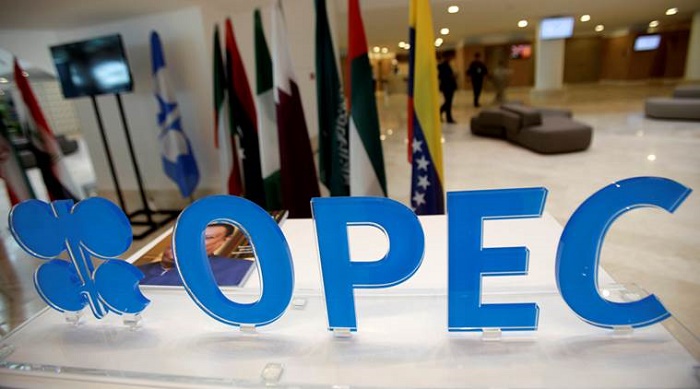Crude Oil prices fall ahead of key OPEC meeting

Saudi Arabia, the world’s largest oil producer and de facto leader of OPEC, was supposed to meet with non-OPEC producers—including Russia—on Monday. On Friday, however, Saudi Arabia said it wouldn’t attend the meeting until there was “a clear decision within OPEC” on the issue of production cuts. Some OPEC members have looked to Russia to join in trimming its output.
Saudi Arabia’s move highlighted dissent within OPEC on the issue of individual production quotas. Several countries, including Iran, Iraq, Libya and Nigeria, are lobbying to be exempt from a potential deal on production cuts. Iraq says it needs to maintain production to continue funding its war with Islamic State, while Iran has just recently come back to the market after years of sanctions.
Some OPEC members still plan to meet with Russia and others outside the group. Any gathering would be unlikely to produce a credible agreement without Saudi Arabia. Azerbaijan, Kazakhstan and Mexico are also expected to attend.
Tension and mistrust among OPEC members, who in many cases compete for the same markets, have plagued the group from taking collective action to curtail supply. That discord could derail producers’ plans to reach an agreement this week on limiting output, which has consistently outstripped demand for more than two years. Failure to reach a production cut deal could send prices down by more than $10 a barrel, analysts cautioned.
“The stakes are high and the unusual amount of diplomacy would suggest a firm deal is far from in place, but all parties will be very aware failure to deliver a deal will see crude prices back on their way to a $30 dollar handle very quickly,” said Stuart Ive, a client manager at OM Financial.
Even if a deal is reached on Wednesday, the positive effect on prices could be short-lived, said Vivek Dhar, a commodities strategist at Commonwealth Bank of Australia.
An agreement to slash almost 2% of global output over the next months will likely buoy prices to a range of $60 a barrel, but it also means U.S. shale producers will be encouraged to open their spigots more in an effort to capitalize on higher prices, he said. U.S. shale producers could then grab a larger share of the market while other producers are left to deal with low prices after supply increases again, Mr. Dhar said.
“Perhaps Saudi Arabia is realizing that this is not a deal worth making,” said Mr. Dhar.
The steady growth in the number of active oil rigs in the U.S., which is typically viewed as a proxy for activity in the sector, is also weighing on sentiment. The number of rigs drilling for oil in the U.S. rose by three in the past week to 474, according to oil-field services company Baker Hughes Inc. on Friday.
This week, oil investors will also be monitoring the weekly U.S. crude inventories and production figures to be released on Wednesday by the U.S. Energy Information Administration.
Nymex reformulated gasoline blendstock for December—the benchmark gasoline contract—rose 73 points to $1.3800 a gallon, while December diesel traded at $0.0000, 40 points higher.
ICE gasoil for December changed hands at $430.75 a metric ton, down $1.75 from Friday’s settlement.
/The Wall Street Journal/















































